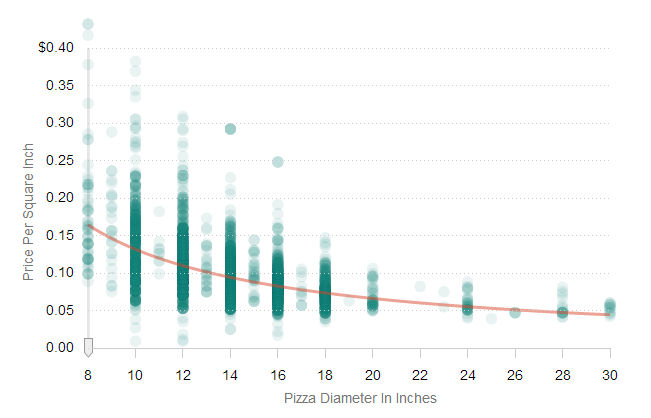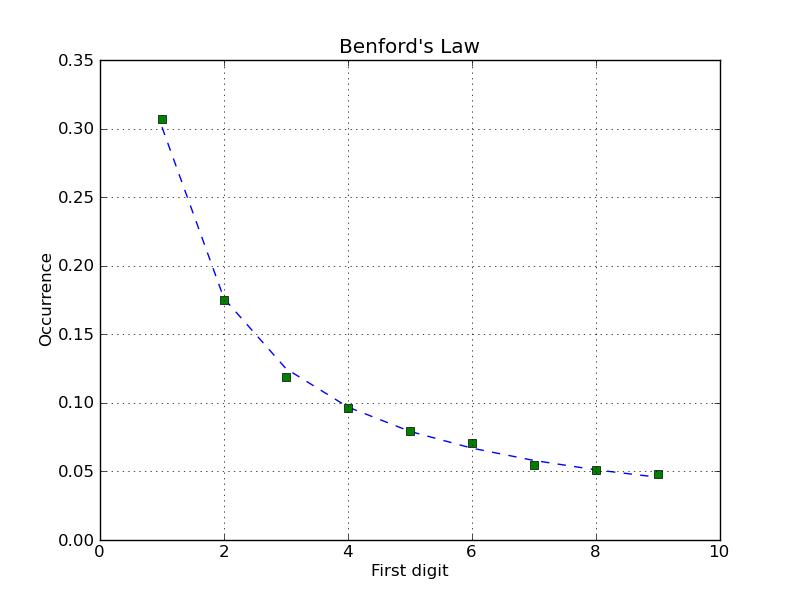By Anupum Pant
True Story
Back in 1939, a first year doctoral student at Berkeley, George Dantzig arrived late for a statistics class one day. On the board, professor Jerzy Neyman, a renowned mathematician, had written two problems, and it wasn’t very clear to George what he had written them were for. As any other student would assume, George assumed them to be homework problems and noted them down.
He went back and started working really hard on those problems. They seemed a little harder than usual to him. Nevertheless, George was determined enough. After a couple of days, when George was satisfied with his solution, he went to his professor and apologized to him for taking so long to finish the homework. Without looking at what he had done, the professor told him to put the work on his table, and he’d see it later. George did exactly that.
Six weeks later, on an unsuspecting Sunday morning, at 8:00 in the morning, George was awakened by a frantic knock on the door. It was professor Neyman. With a pile of papers in his hands, he seemed very excited. It was only then, through professor Neyman, that George came to know what he had done on those papers six weeks back.
Six weeks back, those two problems which George mistook for homework turned out to be two examples of unsolved statistics problems Neyman had written on the board. George had unknowingly noted them as homework, and ended up solving the 2 unsolved statistics problems.
Later the papers on these problems were published. However the second one was published much later, in the year 1950.
Moral: When people are not tied down by prejudice, by putting in good work, they often manage to achieve extraordinary things.
Via [Snopes]









